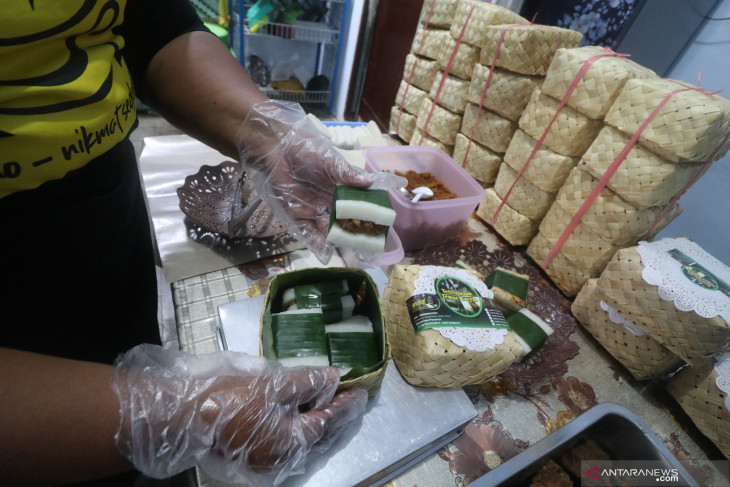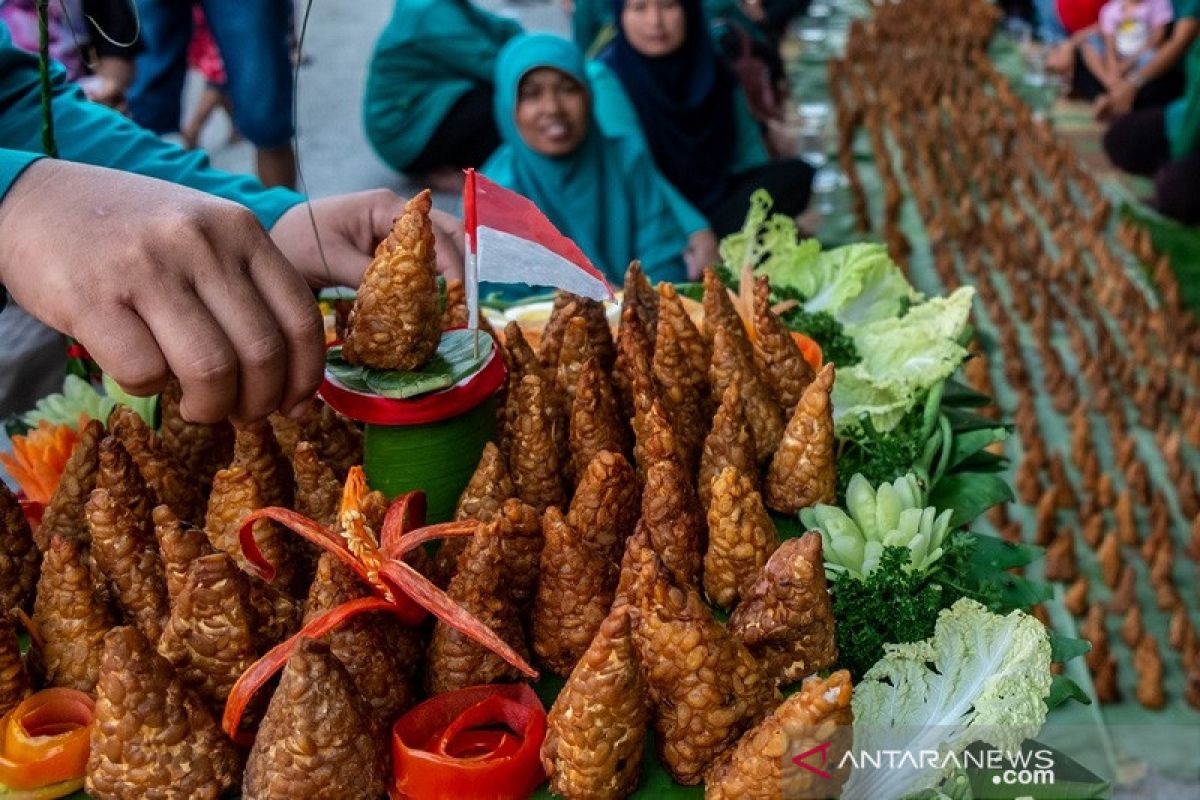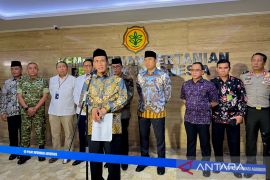Using tempe, or fermented soybean, a traditional dish of Indonesia, as a metaphor for weak mindedness, Soekarno had asked Indonesians to not allow themselves to be easily trampled, unlike fried tempe, which is easily crushed.
But, this does not mean the proclaimer of Indonesia’s independence underestimated tempe as a food. In fact, there is enough existing literature that lists tempe as one of Soekarno’s favorite dishes.
Tempe itself has a long history in Indonesia. Almost all regions in the country recognize processed foods made from tempe.
According to History of Tempeh and Tempeh Products (1815-2011), published by the Soyinfo Center in 2011, tempe first found mention in the Serat Centhini manuscript, which provides details on the reign of Sultan Agung (1613-1645) from Mataram -- one of the regions in Indonesia.
On the basis of the manuscript, it is believed that tempe was already present in Java in the 1600s.
Related news: Superior Indonesian soybeans
Related news: Tempe: common favorite among presidents and masses
The word “tempe” is also believed to be a term that first appeared in Indonesia. It did not originate from the words “tau” or “tao” as in “tauco", which is a paste made from preserved fermented yellow soybeans in Chinese Indonesian cuisine; “tauge” , or bean sprouts; “tahu" or “takua" (tofu), said Mary Astuti in the History of the Development of Tempe (1999).
According to the book, tempe was probably originally made from black soybeans by people living in the rural areas of Mataram, which is now included in the province of Central Java.
Meanwhile, Denys Lombard, in his article Nusa Java Cross Culture: Asian Network, said that the word “tempe” comes from the Nusantara word “tape” for fermented food and the container in which the fermented product was placed, which was called “tempayan” (crock).
Historian Ong Hok Ham, in his article, explained that the emergence of tempe was closely related to the production of tofu in Java. Tofu was brought by the Chinese to Java in the 17th century. It was well-known at the time and also began to be consumed by local people.
Chinese cuisine on Java Island was changing because it was adapting to raw food materials found on the island, Ong pointed out.
The raw materials for Chinese cuisine revolved around farm animals, such as chickens, ducks, and pigs, he said. Raising animals required a large expanse of grassy fields, but the densely populated Java Island only had limited grass fields, he added.
Therefore, from the 19th century, the meat products used in Chinese-Indonesian cuisine were replaced with tempe due to limited availability of farming fields for raising livestock, Ong informed.
In addition, the policy of plantation development during the Dutch colonial period in Indonesia also led to deforestation and a decrease in the number of forests, which affected hunting and livestock activities, he added.
The forced cultivation policy that was enforced at that time in Java made food supplies increasingly limited, and thus, tempe became one of the foods people relied on, Ong said.
As people moved from Java to other Indonesian regions, tempe also went to various regions of Indonesia, Ong said. However, in Java, the center of development of tempe itself, the foods made from tempe began to vary, he added.
One variation of the dish is jadah tempe, a typical Yogyakarta food that is known as the favorite food of Yogyakarta Sultan and governor Hamengkubuwono X.
Jadah tempe combines jadah, which is made from rice combined with grated coconut and spicy seasoning, with tempe bacem, which is tempe boiled in a sauce made of brown sugar and herbs.

Another important variation in the history of the development of tempe cuisine in Indonesia is tempe bongkrek. The dish, which comes from Banyumas, Central Java, is made by mixing soybeans and coconut pulp and then fermenting the mixture. Tempe bongkrek is also relatively cheaper on the pocket compared to the usual tempe.
But on some occasions, consuming this tempe dish has led to poisoning.
For a few years in the 19th century until the early years of Indonesian independence, records reflect some cases of tempe bongkrek poisoning, which caused quite a number of deaths.
Hence, the Old Order government at the time issued a regulation prohibiting the production of tempe bongkrek.
However, due to its easy manufacturing process and low price, the tempe menu was still consumed by a large number of people so that cases of mass poisoning due to consumption of tempe bongkrek continued to occur until the 1980s.
Research on the development of tempe as a food is not only being carried out by researchers from Indonesia. For a long time, researchers from Europe and other parts of the world have investigated the contents of tempe.
Many researchers have recommended tempe for vegetarians because of its high protein content that can meet the protein needs of the human body.
Furthermore, several processed tempe dishes are popular in many parts of Indonesia, especially Java island. The spices and flavors of tempe have surely been tempered by the local wisdom of each region over time.
For the people of Indonesia, tempe represents a uniquely Indonesian flavor that has a special place in the hearts of the people who consume it.
Related news: Tofu, tempe record inflation amid soybean price hike: BPS
Related news: Indonesian diaspora to build tempe factory in Indiana, the US
Editor: Sri Haryati
Copyright © ANTARA 2021












